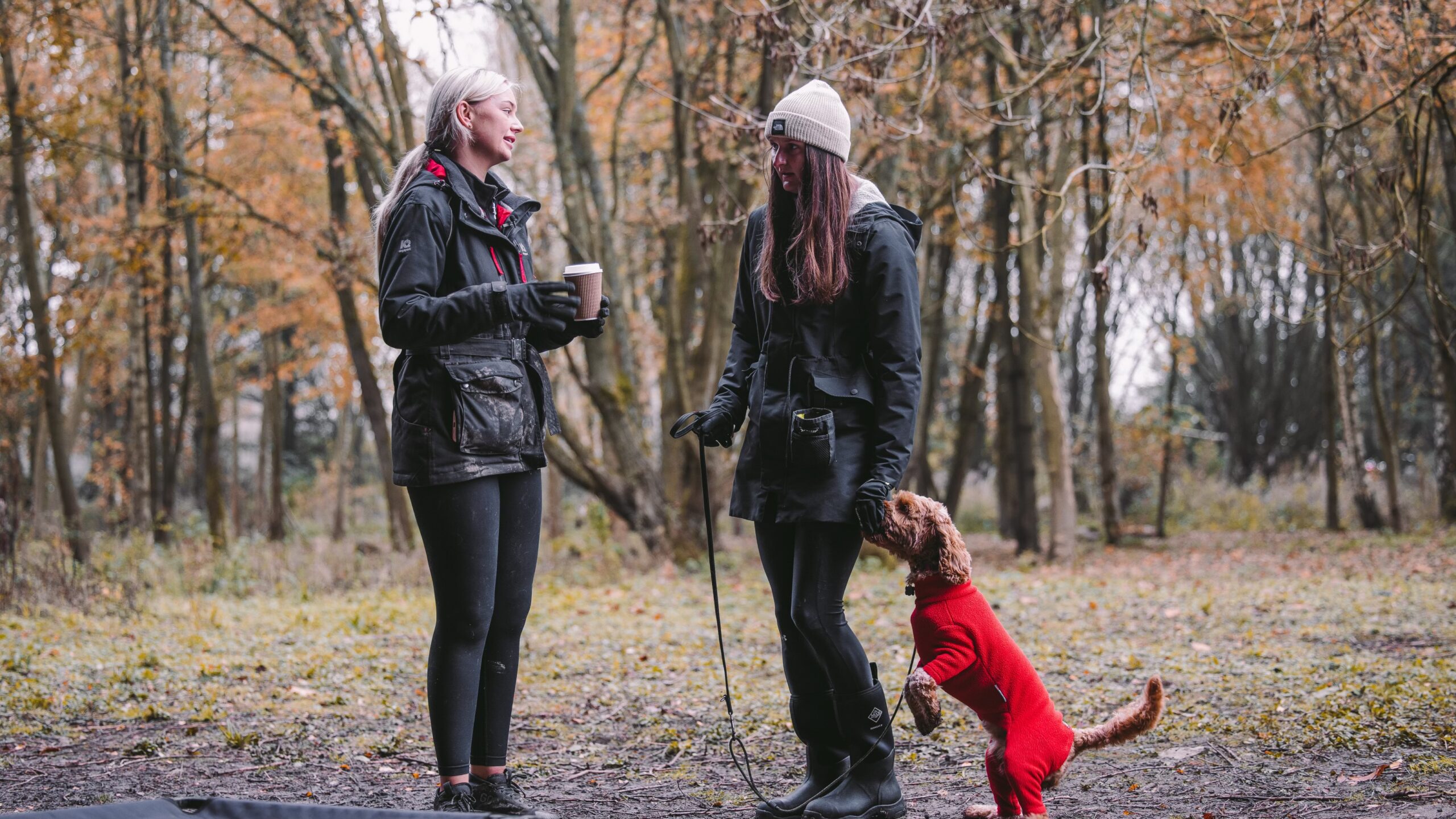
When it comes to dog training, one size does not fit all. Just as each individual has their own unique personality and learning style, different dog breeds have distinct characteristics and tendencies that can influence their training needs. Tailoring your training techniques to suit your dog’s breed can lead to more effective and enjoyable training sessions for both you and your furry companion. In this article, we’ll explore some tips for successfully adapting your training approach to different breeds.

Before starting on a training regimen, it’s essential to understand the characteristics and traits commonly associated with your dog’s breed. For example, herding breeds such as Border Collies and Australian Shepherds are known for their intelligence and high energy levels, while breeds like Basset Hounds and Bulldogs may be more laid-back and stubborn. By understanding these breed-specific traits, you can tailor your training approach to better suit your dog’s needs.
Consider Motivation: Different breeds are motivated by different rewards. While some dogs may be food-driven and respond well to treats during training, others may prefer toys, praise, or even playtime as rewards. Experiment with different incentives to find what motivates your dog the most.
Adjust Intensity: High-energy breeds may require more vigorous exercise and mental stimulation to keep them engaged during training sessions. Incorporate activities such as agility training or interactive games to channel their energy in a positive direction. On the other hand, breeds with lower energy levels may benefit from shorter, more frequent training sessions to prevent boredom.
Be Patient and Consistent: Some breeds are quick learners, while others may require more time and repetition to master new commands. Be patient and consistent in your training efforts, providing clear cues and rewards for desired behaviours. Consistency is key to reinforcing positive habits and preventing confusion.
Adapt to Temperament: Each breed has its own temperament and behavioural tendencies. For example, working breeds may have a strong instinct to chase or herd, while toy breeds may be more prone to barking or separation anxiety. Tailor your training approach to address these specific behaviours and tendencies, focusing on positive reinforcement and redirection.
Seek Breed-Specific Resources: Take advantage of breed-specific resources and training materials tailored to your dog’s breed. Books, online forums, and breed-specific training classes can provide valuable insights and support from experienced trainers and fellow owners who understand the unique challenges and characteristics of your dog’s breed.
Training your dog is a journey that requires patience, dedication, and a willingness to adapt to your dog’s individual needs. By understanding the characteristics and tendencies of your dog’s breed and tailoring your training techniques accordingly, you can set yourself and your furry companion up for success. Whether you have a high-energy Border Collie or a laid-back Bulldog, embracing your dog’s breed-specific traits and incorporating them into your training approach will help you build a strong bond and achieve positive results together. Need help with your dog breed? Consider our intense training day session